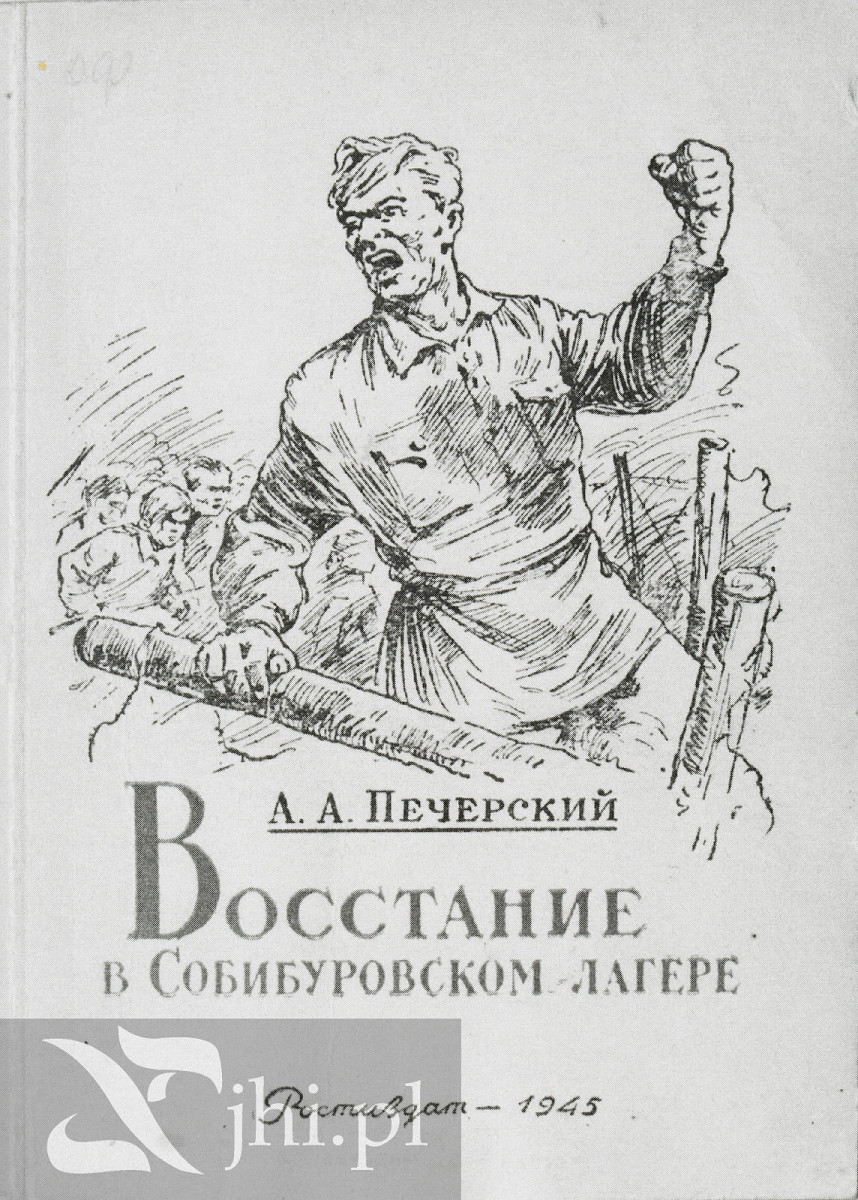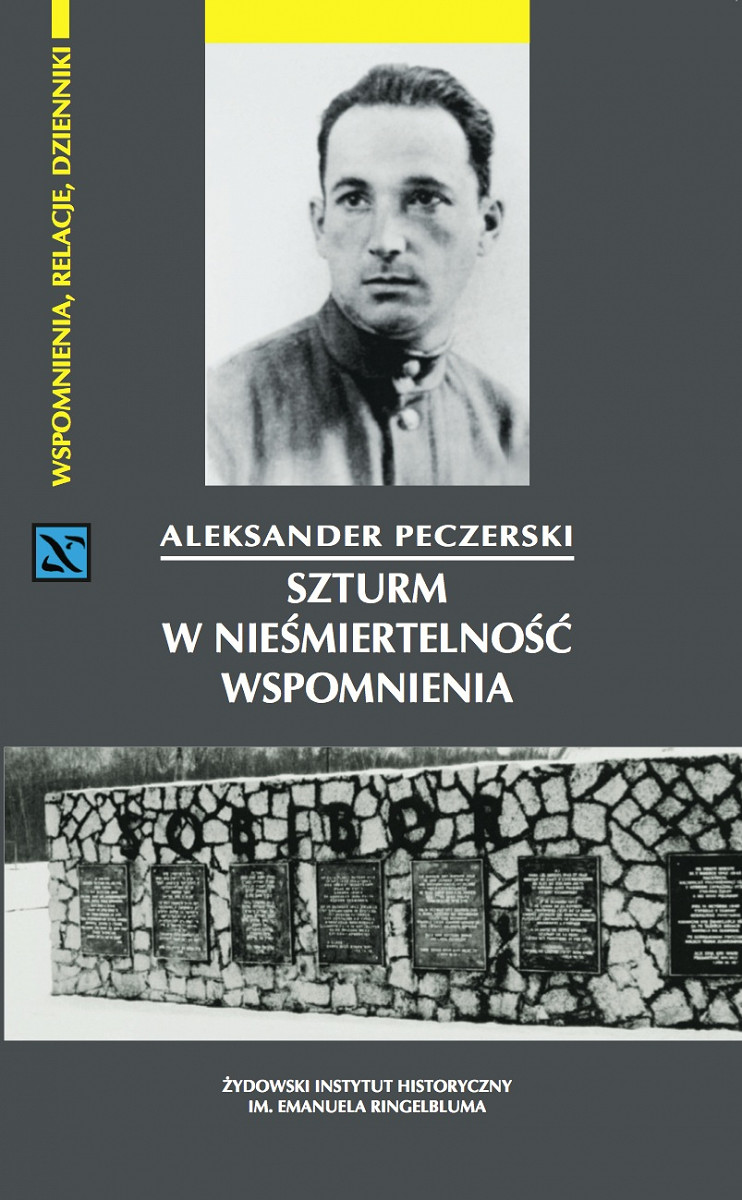- News
- Events
- Oneg Shabbat
- Collections
- Research
- Exhibitions
- Education
- Publishing Department
- Genealogy
- About the Institute
- Bookstore

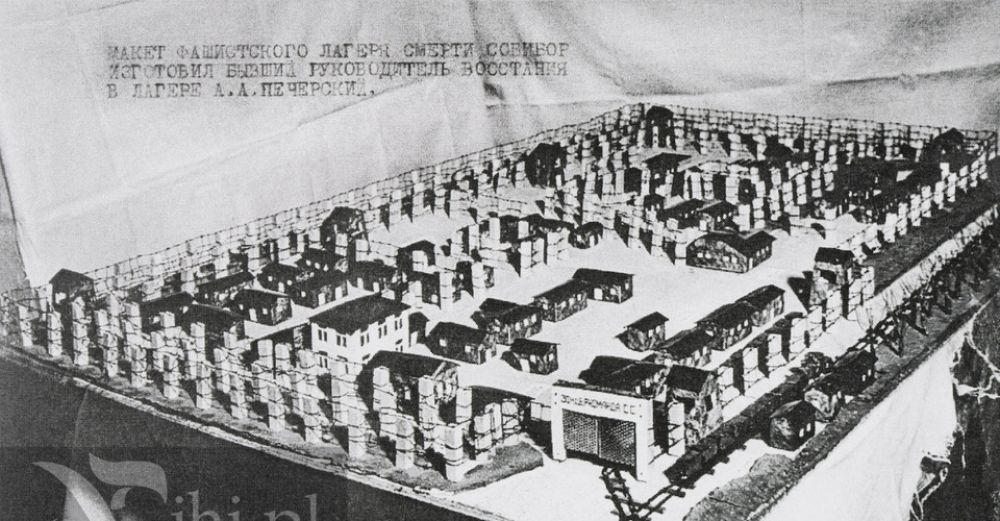
The gate opened and we saw what looked like a pretty village,” wrote Toivi Blatt. „Before us stretched out a black road planted with flowers. On the left there was a colourful house, surrounded by impeccably kept lawn, trees and flower beds. We were moving forward, passing signposts and wooden figures of a waiter with a platter and a barber with a razor. Could this kind of place be a death factory?”
In a clearing fenced with barbed wire, just next to a small railway station located in the middle of the forest, the Germans built one of the worst concentration camps in occupied Europe — from May 1942 to October of the following year they killed over 250,000 Jews from Lublin Voivodeship and Galicia and from different Western European countries, of which the largest group consisted of Jews from the Netherlands. In a few days, on Monday, October 14 it will be the 70th anniversary of the outbreak of the uprising in Sobibor.
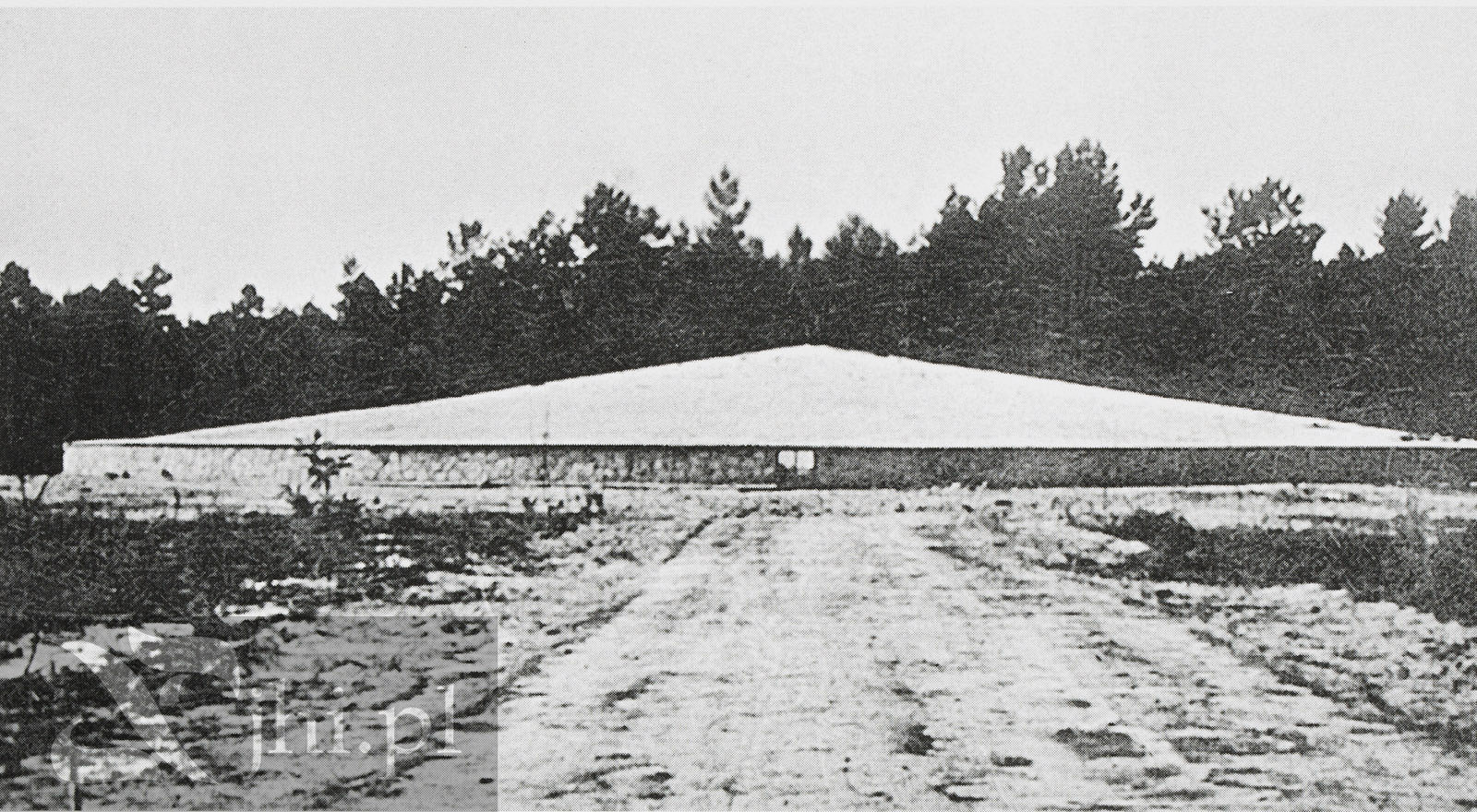
The vast majority of transports carrying thousands of people perished in the gas chambers from half to one and a half hour after crossing the gate of the camp. Only a few were given a few extra months of life — a group of about 500, 600 Jews worked on the expansion of the camp, did a variety of maintenance activities and helped operating gas chambers and grates, which burned the bodies of the murdered. In September 1943 one of such „kommandos” was joined by the future leader of the uprising, Alexander „Sasha” Pechersky, brought to Sobibor from the ghetto in Minsk.
Pechersky was a professional soldier, an officer in the Red Army. For longer-serving prisoners gathered around Leon Feldhendler who had been thinking about organizing an escape, it was a strong impetus for action — they finally found someone who had the expertise, charisma and knew how to command people. Pechersky agreed to take command. Immediately they began making a plan of the escape. It included all the prisoners, but for fear of being exposed, it was known only to about a dozen people. On the others, the chance of salvation was to fall suddenly.
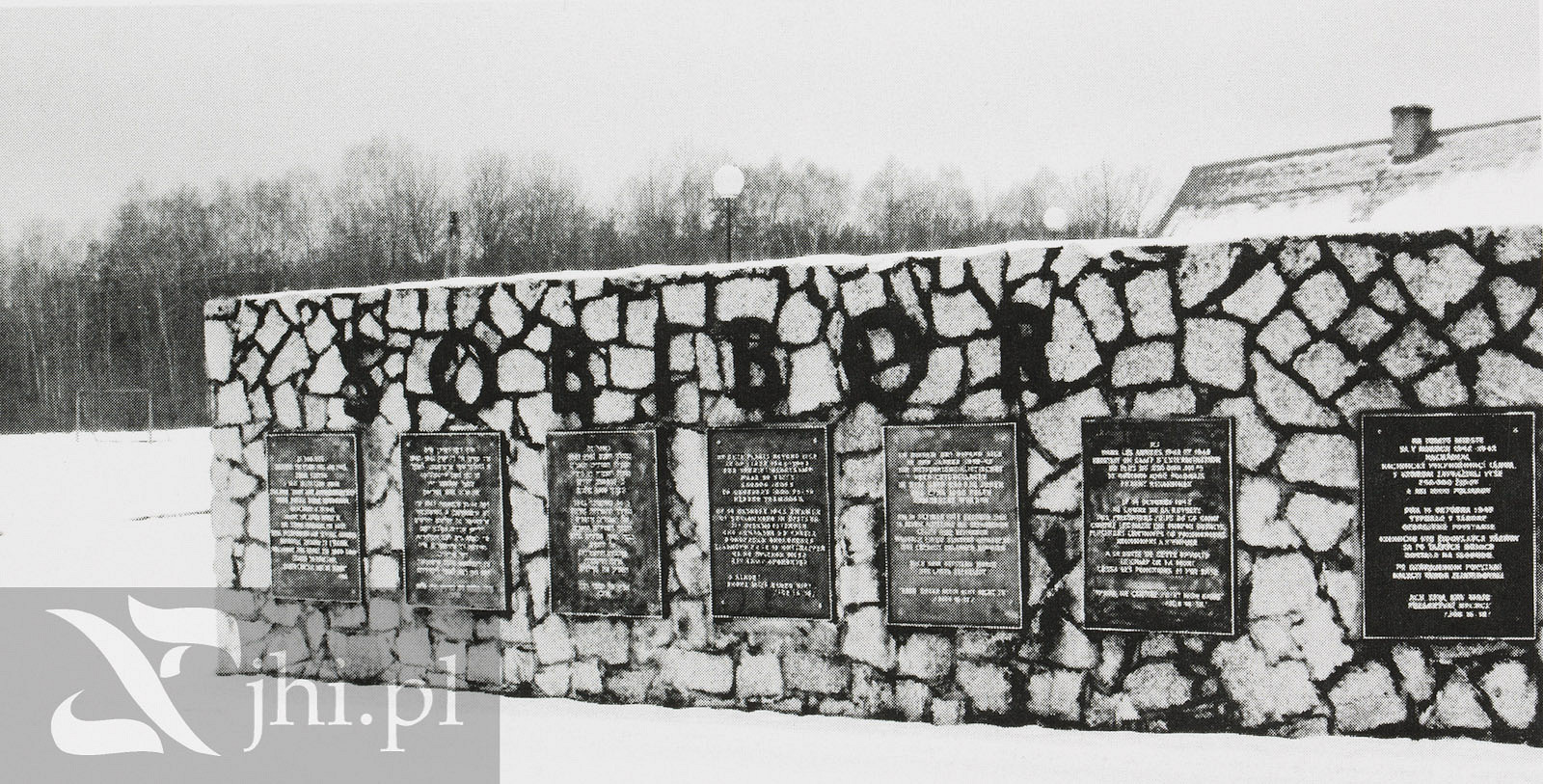
The staff of the camp consisted of about 20 SS men, and more than 100 Ukrainian guards serving in German units. The insurgents’ plan assumed secret killing of as many German officers as possible, which would create chaos in the actions of the guards during the escape of the inmates. The action began on 14th October when three officers, including the commander Franz Reichleitner, were outside the camp. The other Germans were called one by one under various pretexts — to fit a suit, shoes or to look at cabinets being made for them — to the camp workshops and killed there with handmade weapons.
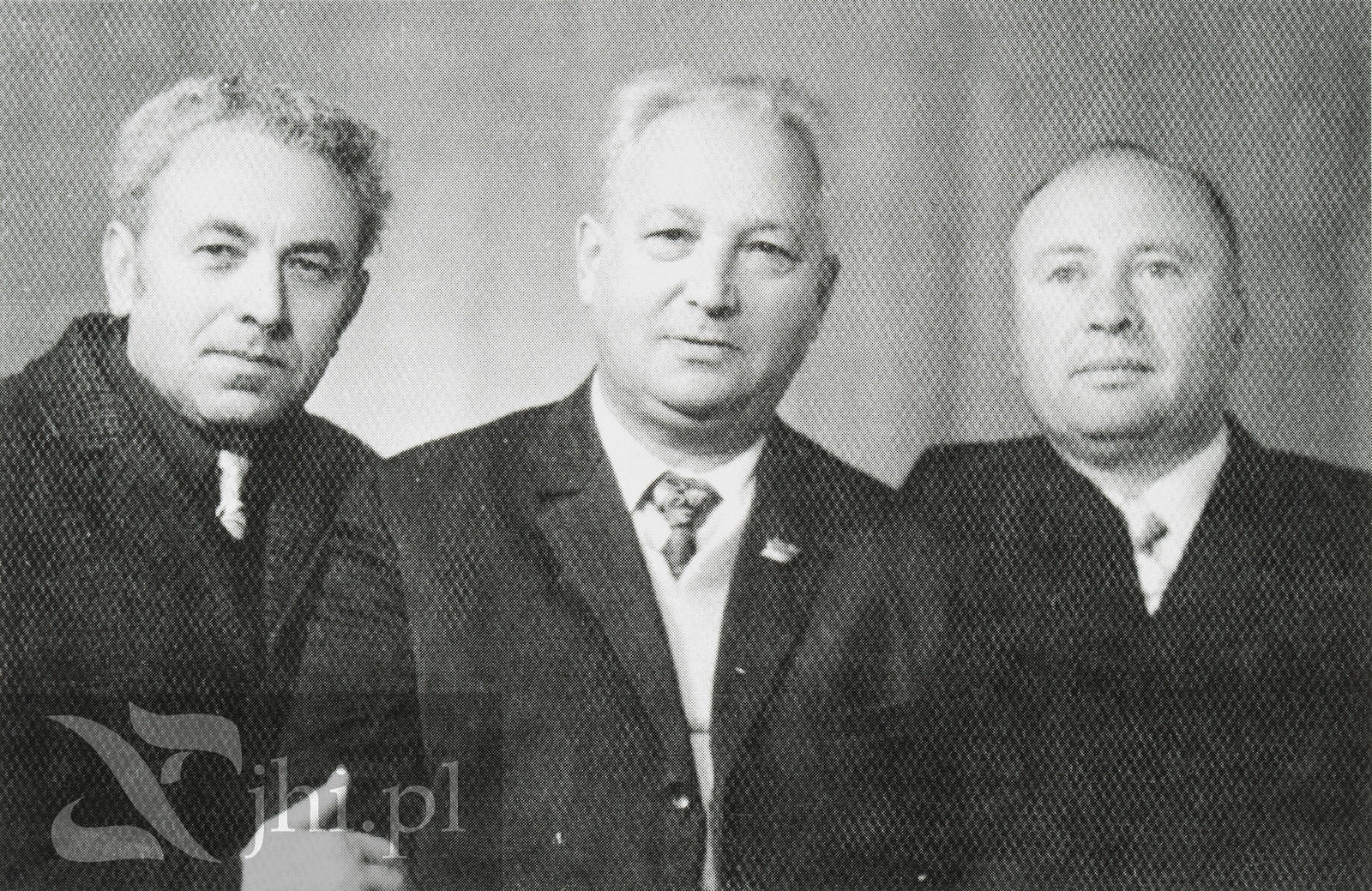
„Oberbandit was in high spirits,” Pechersky reported.
„It’s a sunny day. The sun is shining very strong,” he waffled. „ So are the shoes ready?”
„Here you are.” Jakub gave him the shoes. „Please, try them on.”
„Listen, Jakub,” Oberscharführer said trying on the shoes. „In five days I’m going to Germany. You must make for my wife a pair of shoes, just remember...”
„I expect that your spouse will be happy” said James.
And at that moment Arkady [Weisspapier] hit him with an ax. They dragged the corpse by the feet to the corner, covered it with a rag. They poured the sand over the blood. Already on his way to pick up his order was Oberscharführer Greischutz.
Within one hour, 12 Germans were killed using these methods. The insurgents were also able to cut off telephone connection of the camp with other German posts. On Pechersky’s command one of the kapos, 15 minutes before the actual time, signaled the end of the work. The prisoners gathering for the assembly noticed that something unusual was happening. Pechersky, realizing that he was no longer able to control the excited crowd, gave the signal to begin the uprising and the escape. About 500 people broke through the broken gate of the camp and cut barbed wire of the fence. 300 insurgents made it to the forest a few hundred meters away. The rest died in a hail of gunfire from the camp watchtowers, or were torn apart by mines spread around the camp. Only 60 prisoners lived to see the end of the war. A few days after the uprising the Germans decided to liquidate the camp in Sobibor. Three months later, there was almost no trace after their criminal activity. However, testimonies commemorating the deaths of hundreds of thousands of Jews were left by many of those who managed to survive Sobibor’s death factories. One of them was quoted by me Thomas Toivi Blatt, brought to Sobibor from Izbica located several kilometers away. He is one of the last living insurgents. Also, Alexander Pechersky, who died in Russia in 1990, wrote his memoirs. On 14th October, his account will be published by the Jewish Historical Institute, for the first time in Polish.
